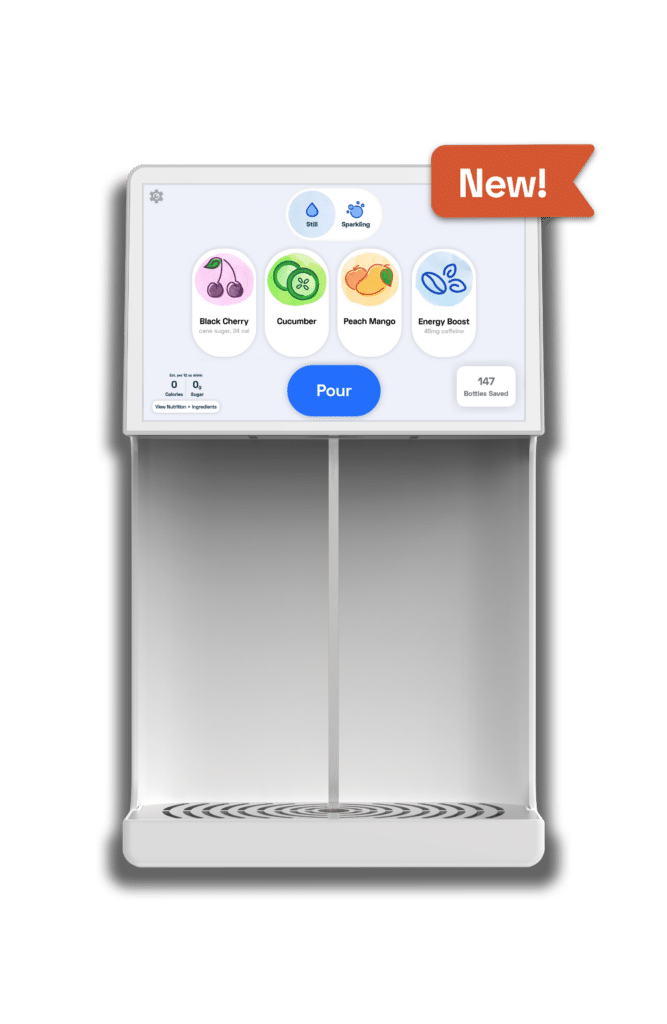October 28, 2024. Benefits are an important way to keep employees happy and healthy, but did you know that employee benefits could be environmentally friendly as well? Do you know how sustainable your currents benefits package is?
If you’re hesitant about rocking the boat, there’s plenty of evidence that adding green benefits to your traditional package is good for the whole company. According to a recent study, 71% of CFOs said that social responsibility programs helped increase employee morale, and 60% said they enhanced recruiting and retention efforts. Another report found that 65% of employees would be more likely to work for a company with a strong environmental policy.
It’s clear that sustainable practices will become more and more important for attracting and retaining top talent, and employee benefits are one area where most organizations have room to improve. Here are a few ideas for making your benefits package more sustainable.
Commuter incentives
One way to reduce carbon emissions is to decrease our reliance on individual cars and find alternative methods of transportation for commuters. Because driving yourself to work is a convenient option, employees will need a nudge toward a more sustainable commuting method.
For the train and bus crowd, subsidize monthly passes for your workforce. For walkers and bikers, offer stipends for comfortable shoes and bike gear. Every employee diverted to a greener transportation method will contribute to a reduced carbon footprint for your organization.
Work from home subsidies
With many offices turning to a hybrid model of work, employees will continue to draw on spaces and resources at home to get their work done. Even when employees are off-campus, you can still influence their choices when it comes to sustainable use of energy, food, and waste management. A few ways you can support the sustainability of working from home is by providing rebates for green supplies like energy-efficient appliances, solar panels, and at-home compost kits.
Time off for sustainable volunteering
Year after year, the most popular perk is paid time off. If your PTO policy is capped at a certain number of days, allow employees to access more time off when they use it to volunteer with a sustainability-focused organization. This could be as casual as a community cleanup or as formal as a workshop that gives them tools and resources that they can bring back and present to the whole office.
Donation matching
Many businesses already generously match charitable donations. If you want to help nudge employees toward supporting sustainable organizations, increase the match percentage for recipients that meet a certain criteria. When employees know that you’ll increase the impact of their contributions, they’ll be more likely to donate to these causes.
Subsidize local food and gardening efforts
A large part of the food industry’s carbon footprint comes from the emissions created during transportation. That’s why a guiding principle in the creation of Bevi was eliminating the miles that bottled water needed to travel by tapping our water dispensers right at the source.
A few ways you can support your local food and gardening efforts is by subsidizing memberships to a food co-op or CSA box (community-supported agriculture). For employees who want to try composting at home, you could also subsidize compost equipment and gardening supplies.
Sustainability allowances
When developing a sustainable benefits program, it’s important to allow room for flexibility and experimentation while figuring out the most effective benefits for your employees. The best way to do that is to give them agency in the process by allowing them to suggest sustainable initiatives that are worthwhile and meaningful to them. Similar to flexible health spending, this budget could be allocated for a variety of sustainable purchases like energy efficiency products, food waste management systems, or a bottleless water cooler for the office. When employees are involved in the early stages of new programs, they are far more likely to buy in and remain invested in its success.
The future of benefits
Benefits have always been a way for employers to show their employees that they’re invested in their wellbeing. They’re now also an opportunity for employers to show that they’re invested in the wellbeing of the environment and committed to being part of a sustainable future. For more and more job seekers, social responsibility is factoring into where they want to work and those who don’t incorporate sustainable benefits may be left behind.






